Recorded on
December 7, 2023

Communication can be tricky as meaning and understanding can get lost easily. The nuances of our languages with their different meanings and overlapping concepts are only one source for failed communication. On a business level, things get even more complicated when different business units or content providers are not consistent in their usage of words. In the days of “King Content” this can be detrimental to your business success.
- But how do you find out which terms are used in various parts of your organization?
- How can you gather and harmonize them?
- How can you get everybody's input on the suggestions you make as a terminologist?
- And how can you make sure you have a functioning feedback loop to maintain consistently high termbase quality?
Find out more in our webinar where we present procedural and technological solutions with our Content Quality Platform Kalcium.
Presented by Klaus Fleischmann, Kaleidoscope

Klaus Fleischmann studied translation and IT in Vienna, holds an MA in Conference Interpreting from Monterey, California, and a MAS in Technical Communication from Krems, Austria. In 1996, he founded Austria-based Kaleidoscope, a company implementing content, translation, and terminology management processes for internationally active companies. Kaleidoscope develops online collaboration software for enterprise-level terminology workflow, translator query management, in-country review etc., making the translation quality process comprehensible and strategically manageable. In 2007, he became CEO of Austria's leading LSP, Eurocom Translation Services. Always active in the industry, Klaus was voted into the Gala Board of Directors in 2015 and 2017.
 The Future of Documents is shaped by a fundamental change in how information is exchanged. This future sees a shift from traditional 'e-paper', formatted and optimized for reading by humans, towards semantically tagged information - exchanged in an open digital format. In this talk, we will share examples from industries that have a history in structured content - such as publishing and technical documentation - as well as from industries that are ‘newer to the game’, such as pharma and financial services.
The Future of Documents is shaped by a fundamental change in how information is exchanged. This future sees a shift from traditional 'e-paper', formatted and optimized for reading by humans, towards semantically tagged information - exchanged in an open digital format. In this talk, we will share examples from industries that have a history in structured content - such as publishing and technical documentation - as well as from industries that are ‘newer to the game’, such as pharma and financial services.
 Jan Benedictus is Founder and Managing Director of Fonto. His experience goes back to the late 1990's when he started working in the field of online and digital publishing. In 2014, he started Fonto - with the mission to make structured content authoring available for everyone.
Fonto, now part of RWS, is the leading provider of user-friendly tools for structured content creation, editing and review. Jan is a regular speaker on the subject of The Future of Documents; sharing Fonto's experiences and insights from working with structured content in various industries.
Jan Benedictus is Founder and Managing Director of Fonto. His experience goes back to the late 1990's when he started working in the field of online and digital publishing. In 2014, he started Fonto - with the mission to make structured content authoring available for everyone.
Fonto, now part of RWS, is the leading provider of user-friendly tools for structured content creation, editing and review. Jan is a regular speaker on the subject of The Future of Documents; sharing Fonto's experiences and insights from working with structured content in various industries.

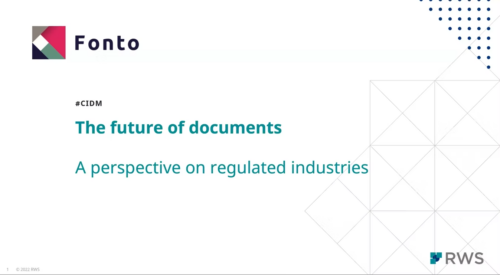
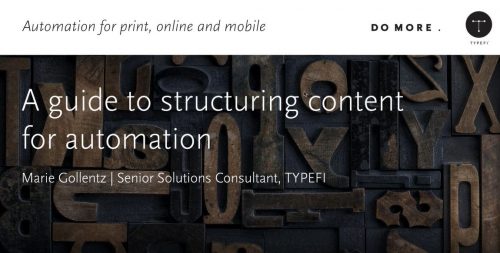
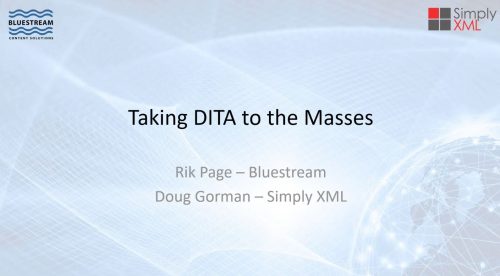



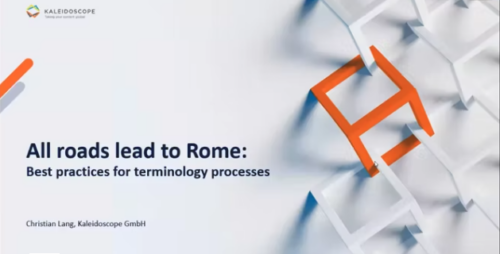

 Christian Lang, Technical Consultant, has a wide range of experience and interests in the language field, proven by his degree in Japanese studies and translation. He first became involved with terminology management as a freelance translator for the European Patent Office. Since then, it has become one of his hobbies, as has research in the field of NLP on topics such as machine translation, automatic term extraction, and concept maps.
Christian Lang, Technical Consultant, has a wide range of experience and interests in the language field, proven by his degree in Japanese studies and translation. He first became involved with terminology management as a freelance translator for the European Patent Office. Since then, it has become one of his hobbies, as has research in the field of NLP on topics such as machine translation, automatic term extraction, and concept maps.
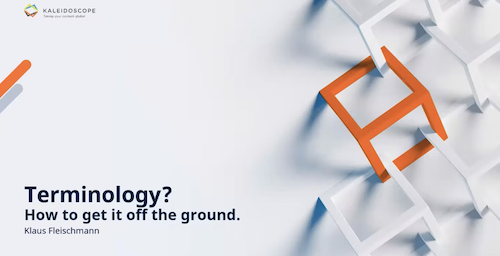
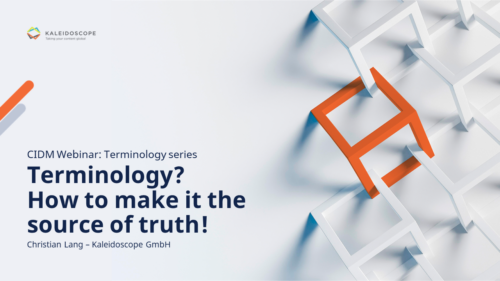
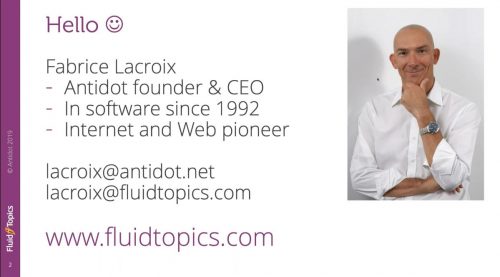
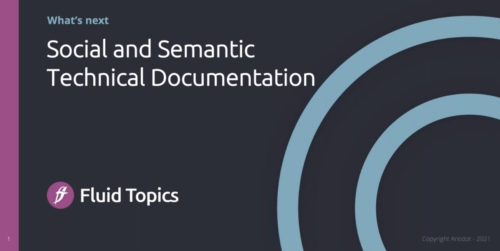

 Fabrice Lacroix is a serial entrepreneur and a technology pioneer. He has been working for 25 years on the development of innovative solutions around search technology, content enrichment and AI. He is the founder of Fluid Topics, the leading Content Delivery Platform that reinvents how users search, read and interact with technical documentation.
Fabrice Lacroix is a serial entrepreneur and a technology pioneer. He has been working for 25 years on the development of innovative solutions around search technology, content enrichment and AI. He is the founder of Fluid Topics, the leading Content Delivery Platform that reinvents how users search, read and interact with technical documentation. 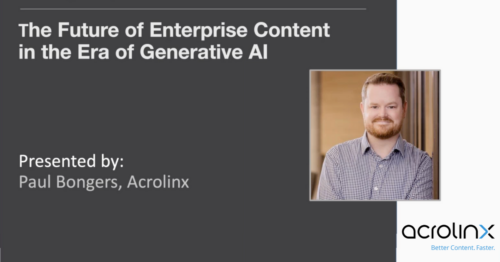

 Paul Bongers is a strategist, technologist, and a SaaS generalist. In his role as VP Strategy, Paul shapes the Acrolinx product strategy. His team works closely with all departments across the business to foster innovation and expand value for Acrolinx customers.
LinkedIn:
Paul Bongers is a strategist, technologist, and a SaaS generalist. In his role as VP Strategy, Paul shapes the Acrolinx product strategy. His team works closely with all departments across the business to foster innovation and expand value for Acrolinx customers.
LinkedIn: 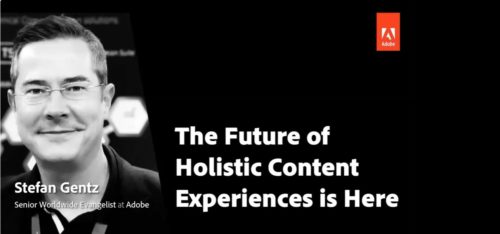
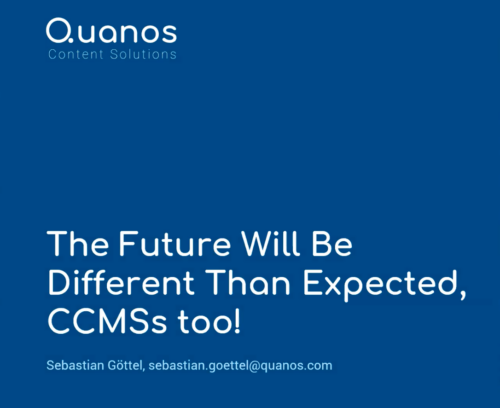

 Sebastian Göttel is Head of Marketing and Product Management at Quanos Content Solutions GmbH. The computer scientist has been involved with XML editing systems and content delivery since 1998. In the Tekom environment, he worked on version 1.0 of the iiRDS standard.
Sebastian Göttel is Head of Marketing and Product Management at Quanos Content Solutions GmbH. The computer scientist has been involved with XML editing systems and content delivery since 1998. In the Tekom environment, he worked on version 1.0 of the iiRDS standard.